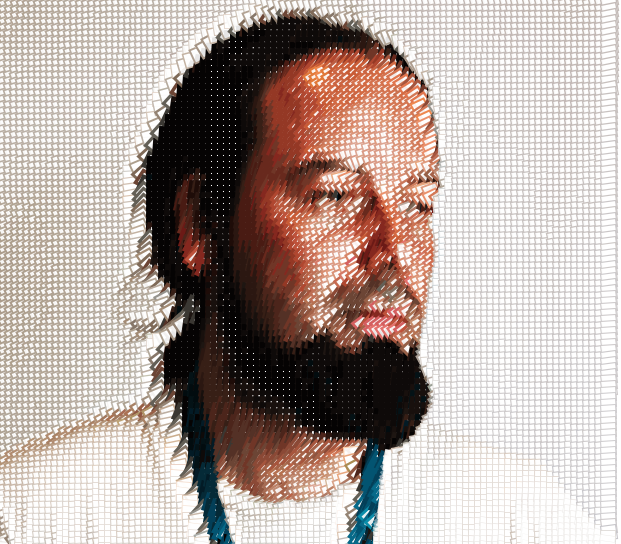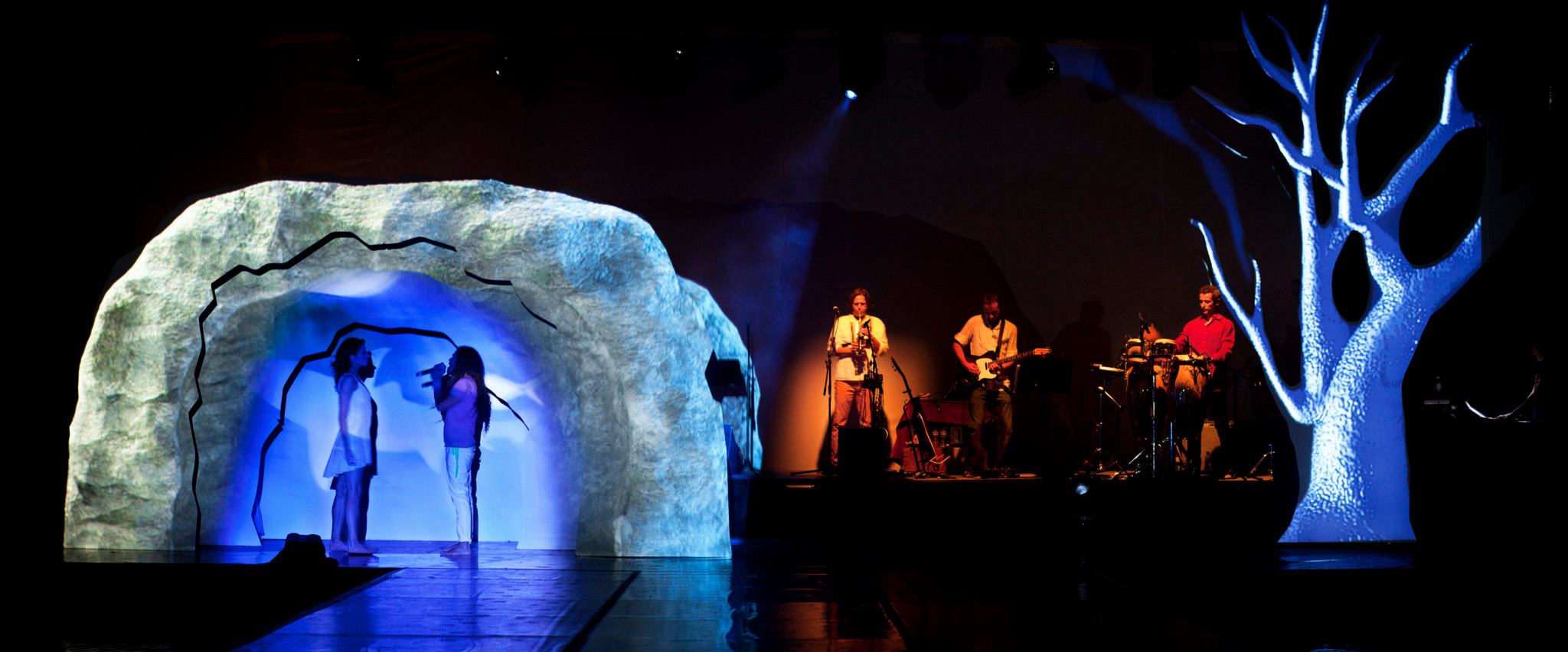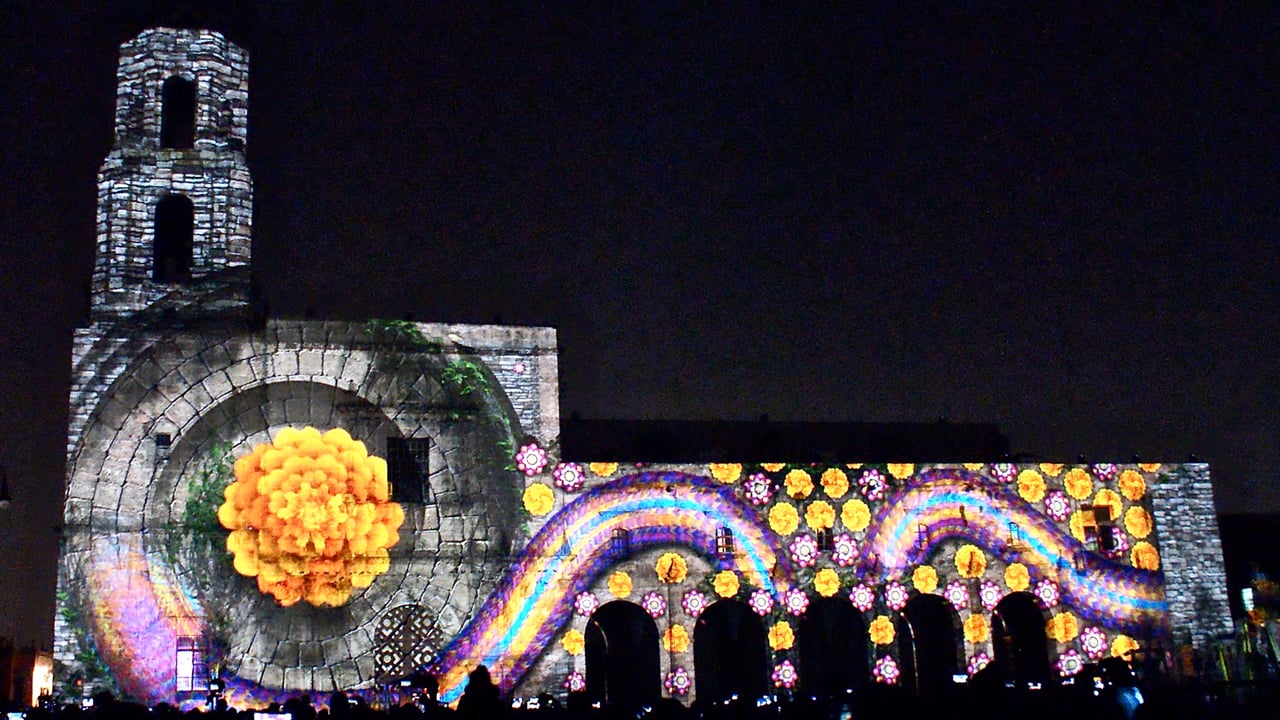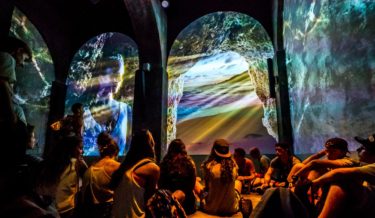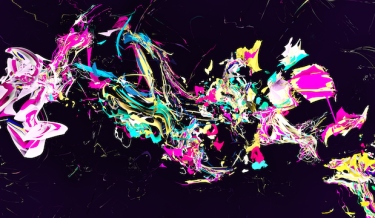Related post
An Ancient Water Reservoir in Malta Gets a Stunning Immersive Installation
Apr 26, 2017
|
Comments Off on An Ancient Water Reservoir in Malta Gets a Stunning Immersive Installation
1968
Le Petit Chef in the footsteps of Marco Polo
May 19, 2017
|
Comments Off on Le Petit Chef in the footsteps of Marco Polo
2087
CGI Sculptures Explore the Chaos of Colors and Shapes
Dec 30, 2015
|
Comments Off on CGI Sculptures Explore the Chaos of Colors and Shapes
2283

